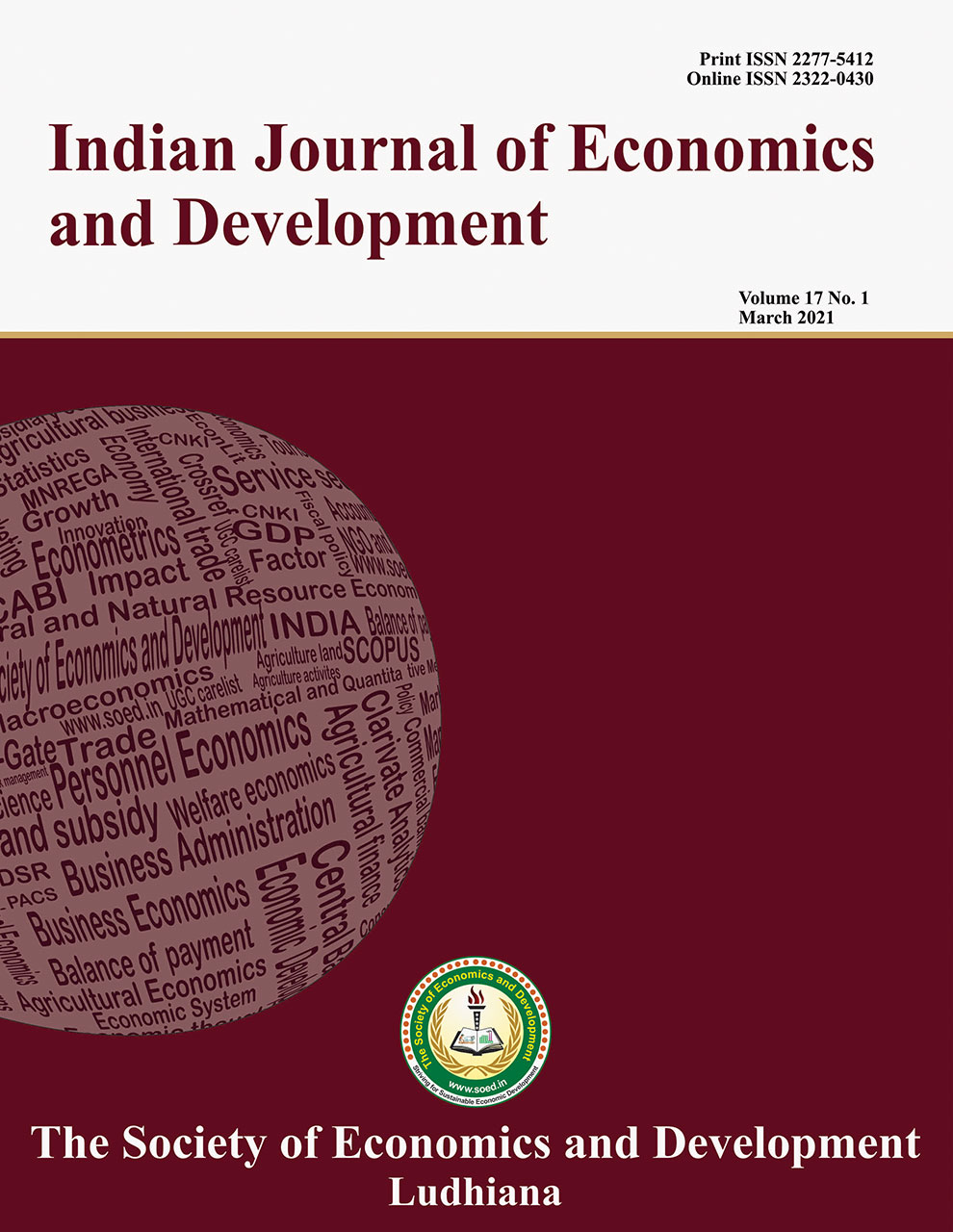An Economic Evaluation of Crop and Livestock Enterprises in Uttarakhand Hills

Price: ₹ 500
Author: Sheela Kharkwal , Ravindra Malhotra , Basant Kumar Bhinchhar and Khwairakpam Ratika
Author Address: Assistant Professor, SMS (LPM), Sri Karan Narendra Agriculture University, Jobner-321001 (Rajasthan) Principal Scientist, ICAR-National Dairy Research Institute (Deemed University), Karnal, Haryana 132001 and Assistant Professor, Central Agricultural U
Keywords: Cropping pattern, economics, livestock holding, milk production, mixed farming
JEL Codes: C10, Q12, Y10
Abstract
This study aimed at analyzing the cost, return, and profitability of crops and milk production in Uttarakhand hills based on 200 sample farmers from different altitudes in the state. Results indicated a cropping intensity of 188 percent in which cereal crops accounted for 65 percent of the gross cropped area, pulses 22 percent, and vegetables 13 percent. In all these three crop categories, labour cost had the highest share in the total cost of production, ranging from 49.04 percent in cereals to Rabi 68.99 percent in Kharif vegetable production. Returns per rupee obtained were highest in pulse production in Kharif (2.28) and Rabi (2.27) seasons. Similarly, in milk production, feed cost accounted for the highest share (64.16 percent), followed by labour cost (31.98 percent) and health expenses (3.86 percent), with net returns of ?69.83/SAU/day. Since the cultivation of field crops was not highly profitable in the study area, an integrated farming system with a healthy mix of animal husbandry is recommended. Further, to reduce labour costs, custom hiring centre facilities to mechanize agricultural operations can be arranged at nearby community centres.
Description
Indian Journal of Economics and Development
Volume 17 No. 3, 2021, 591-597
DOI: https://doi.org/10.35716/IJED/21085
Indexed in Clarivate Analytics (ESCI) of WoS
Scopus: Title Accepted
NAAS Score: 5.15



